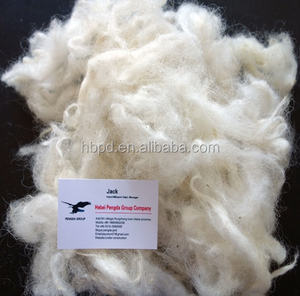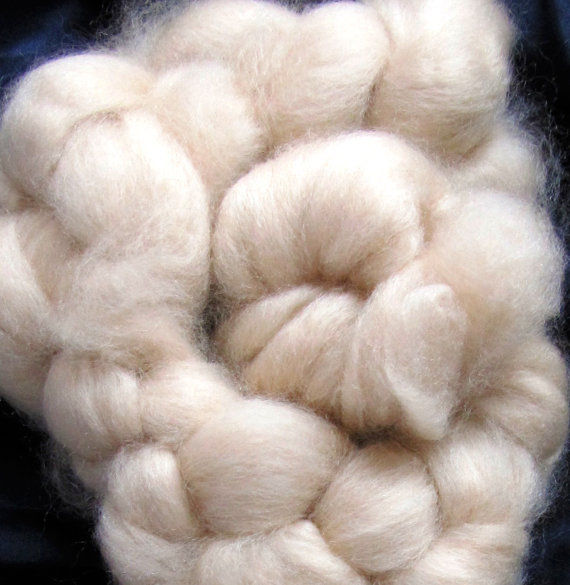What Material Is Cashmere? Understanding Its Special Characteristics and Uses
What Material Is Cashmere? Understanding Its Special Characteristics and Uses
Blog Article
Discover the Appeal of Cashmere an All-natural Fiber: Why It's a Must-Have in Your Wardrobe
The appeal of cashmere, a high-end all-natural fiber, goes beyond plain aesthetics. From discussing its interesting origin to understanding its manufacturing procedure, top quality, and treatment, it's worth exploring why cashmere holds such a special place in the world of textiles.

The Beginning and Background of Cashmere: A Short Summary
While numerous may view cashmere as an easy luxury, its history is soaked in rich cultural practice. Stemming from the Kashmir region in India, cashmere wool has been generated for hundreds of years. The fiber is acquired from the soft undercoat of cashmere goats, gathered during their molting period. As a valuable commodity, it was traded along the Silk Roadway, coming to be highly valued in Europe in the 18th century. The name 'cashmere' is an old English derivation of Kashmir. Regardless of its worldwide appeal, most of cashmere production still continues to be in Asia, specifically China and Mongolia. This historical trip highlights the cultural significance of cashmere, changing it from a regional specialized to a worldwide deluxe.
Comprehending the Unique Characteristics of Cashmere Fiber
Cashmere, renowned for its distinct qualities, stands out worldwide of fabrics. This extravagant fiber is extremely soft, giving a comfortable and comfy feeling unlike any other. It is significantly warmer than woollen, making it an ideal option for winter months garments. Despite its warmth, cashmere is surprisingly lightweight and does not add unneeded mass. This natural fiber is likewise recognized for its resilience. While various other products might wear down gradually, cashmere retains its high quality, making sure durable wear. Cashmere possesses a special visual allure. Its mild luster and elegance make it a staple in high-end fashion. Comprehending these residential or commercial properties clears up why cashmere is not simply a deluxe, yet a rewarding financial investment for any kind of closet.

The Refine of Producing Cashmere: From Goat to Garment
To value the lavish properties of cashmere fully, one must understand its trip from the raw fiber to the finished item. The procedure starts with the cashmere goats, mostly located in Mongolia, China, and Iran. The pure cashmere is after that colored, spun into yarn, and finally knitted or woven into the coveted garments.

Deciphering the Top Quality and Cost: Why Is Cashmere so Expensive?
The steep cost of cashmere garments often leaves consumers questioning its reason. The expenditure stems primarily from the tough manufacturing procedure. is cashmere a natural fiber. Cashmere originates from the great undercoat of the cashmere goat, with each goat generating a plain 150 what material is cashmere grams every year. The labor-intensive procedure of brushing and collecting the unusual fiber substantially increases the cost. The handling of raw cashmere calls for both time and proficiency, with the fibers needing to be very carefully arranged, cleaned, and rotated. The scarcity of pure cashmere, coupled with its superior softness, warmth, and resilience, justifies its luxury status and high rate. These variables incorporated make cashmere a pricy yet highly popular product worldwide of fashion.
Cashmere in Style: The Convenience and Ageless Appeal
Despite its high rate, the ageless appeal and convenience of cashmere have actually solidified its location in the realm of style. The fiber's special structure, characterized by its soft qualities and warmth, has come to be associated with luxury and comfort. Its adaptability expands beyond seasonal trends, making it a closet vital in various types, from stylish coats to trendy scarves. The versatile nature of cashmere permits its combination into both official and casual clothes, representing its wide appeal. In addition, the material's withstanding popularity for many years vouches for its timeless appeal. As patterns reoccured, cashmere remains a continuous, its attraction undiminished, continuing to form the style and inspire market's landscape.
Taking Care Of Your Cashmere: Upkeep and Conservation Tips
Ensuring the longevity of cashmere garments requires specific care and attention. These prized belongings must not be thrown right into the cleaning maker with normal washing. Rather, hand cleaning with mild, pH-neutral soap in warm water is suggested. After cleaning, they should not be wrung out. Rather, they should be gently pushed in between towels to soak up excess water, after that laid level to dry. Regular brushing with a cashmere comb can prevent pilling. Storing these things in a cool, dry area, ideally in a breathable read bag, can shield them from moths and moisture (is cashmere a natural fiber). A periodic airing outside, far from direct sunshine, can rejuvenate the fibers. With these maintenance and conservation pointers, one can guarantee their cashmere stays long lasting and luxuriously soft.
Verdict
Cashmere, with its exceptional soft qualities and warmth, supplies both luxury and toughness. Discover the allure of look what i found cashmere and elevate your style arsenal.

Report this page